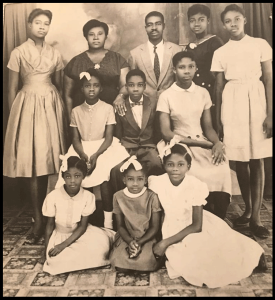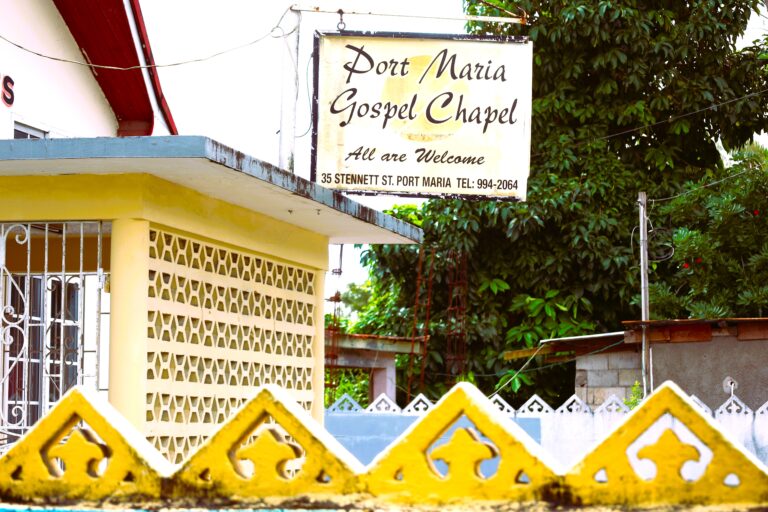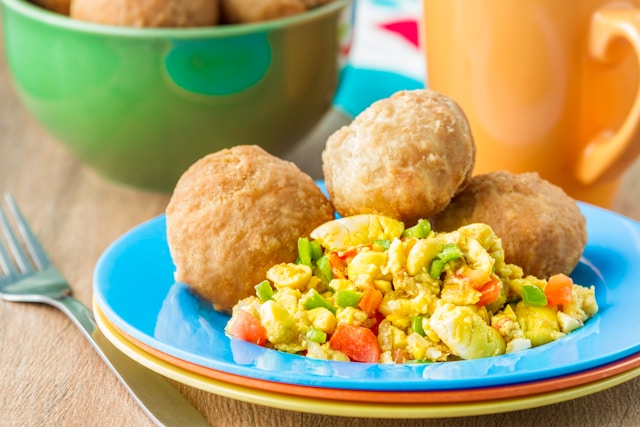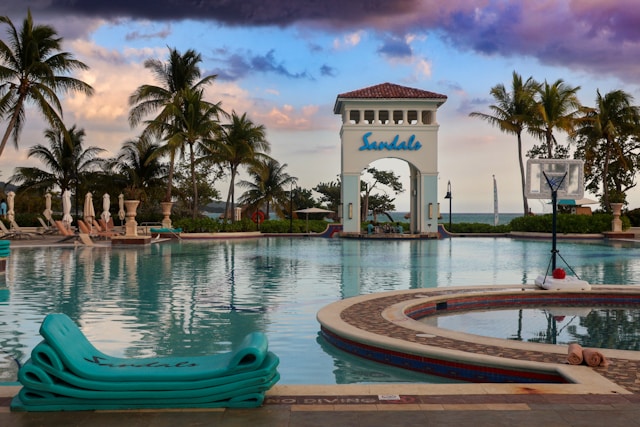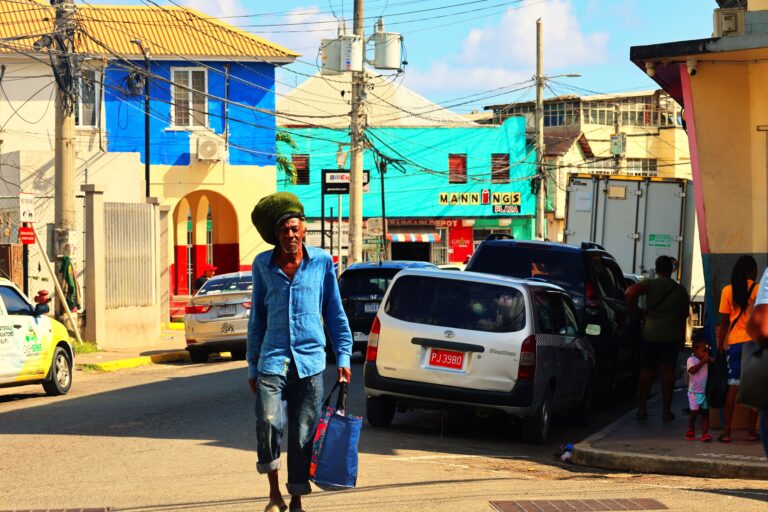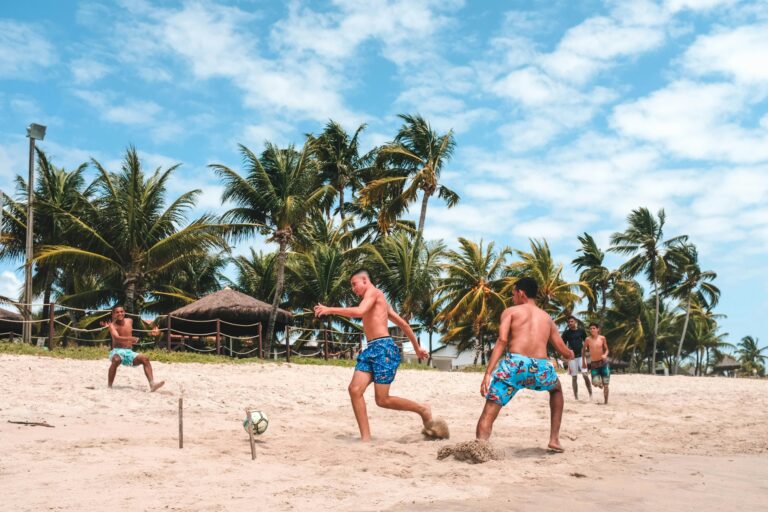Entrepreneurship in Jamaica has been on a remarkable rise, fueled by a new generation of innovative minds pushing boundaries in various industries. From tech startups to real estate moguls and retail giants, modern entrepreneurs such as Gordon “Butch” Stewart, Vincent Chang, and Adam Stewart have built thriving enterprises that continue to shape Jamaica’s economy. However, long before their time, Jamaica had pioneers who laid the foundation for business and economic independence. One such figure was Leonard Percival Martin, better known as LP Martin, whose story of resilience, vision, and entrepreneurship deserves recognition.
Humble Beginnings in Sand Side, St. Mary
LP Martin was born in the quiet rural district of Sand Side in St. Mary, Jamaica. Growing up in a modest household, he quickly learned the value of hard work and perseverance. Like many children of his time, opportunities were scarce, and survival often depended on one’s ingenuity and determination. From an early age, Martin exhibited an entrepreneurial spirit, seeking ways to uplift himself and his family beyond the constraints of rural life.
The Journey to Becoming a Carpenter and Realtor
Martin’s journey began with his passion for craftsmanship, which led him to become a carpenter. He mastered the trade, establishing himself as a skilled artisan known for his precision and quality workmanship. However, carpentry was just the starting point. With a keen eye for opportunities, Martin ventured into real estate, buying and selling land and properties. He understood the importance of land ownership in building generational wealth and worked tirelessly to acquire and develop properties across St. Mary.
His work as a realtor not only increased his personal wealth but also contributed to the development of his community. By facilitating land sales and home ownership, Martin played a vital role in improving the lives of many in St. Mary, ensuring that others had a chance at financial stability.
Establishing St. Mary’s First Funeral Home
Among Martin’s most significant achievements was his establishment of the first funeral home in St. Mary. Recognizing a gap in funeral services, he saw an opportunity to serve his community while building a sustainable business. At a time when professional funeral services were not widely available in the region, Martin pioneered a business that provided dignified final rites to families in need.
His funeral home quickly gained a reputation for reliability, compassion, and professionalism. The business flourished, proving that Martin’s entrepreneurial instincts were ahead of his time. His legacy in this industry laid the groundwork for what would later become a thriving sector in Jamaica’s business landscape.
Building a Business Empire
LP Martin’s success did not happen overnight. His journey was marked by challenges, but he remained steadfast in his vision. His diverse business ventures, from carpentry to real estate and funeral services, showcased his ability to identify opportunities and adapt to changing economic conditions. Through smart investments and an unwavering commitment to excellence, Martin built a business empire that stood the test of time.
Legacy and Impact on Future Entrepreneurs
The entrepreneurial spirit of LP Martin continues to inspire generations of business leaders in Jamaica. His legacy teaches us that with resilience, adaptability, and vision, success is possible even from the humblest beginnings. Today, Jamaica’s entrepreneurs follow in his footsteps, embracing innovation and contributing to the country’s economic growth. As the nation continues to produce trailblazers in various industries, it is essential to honor pioneers like LP Martin, who paved the way for modern entrepreneurship in Jamaica.


